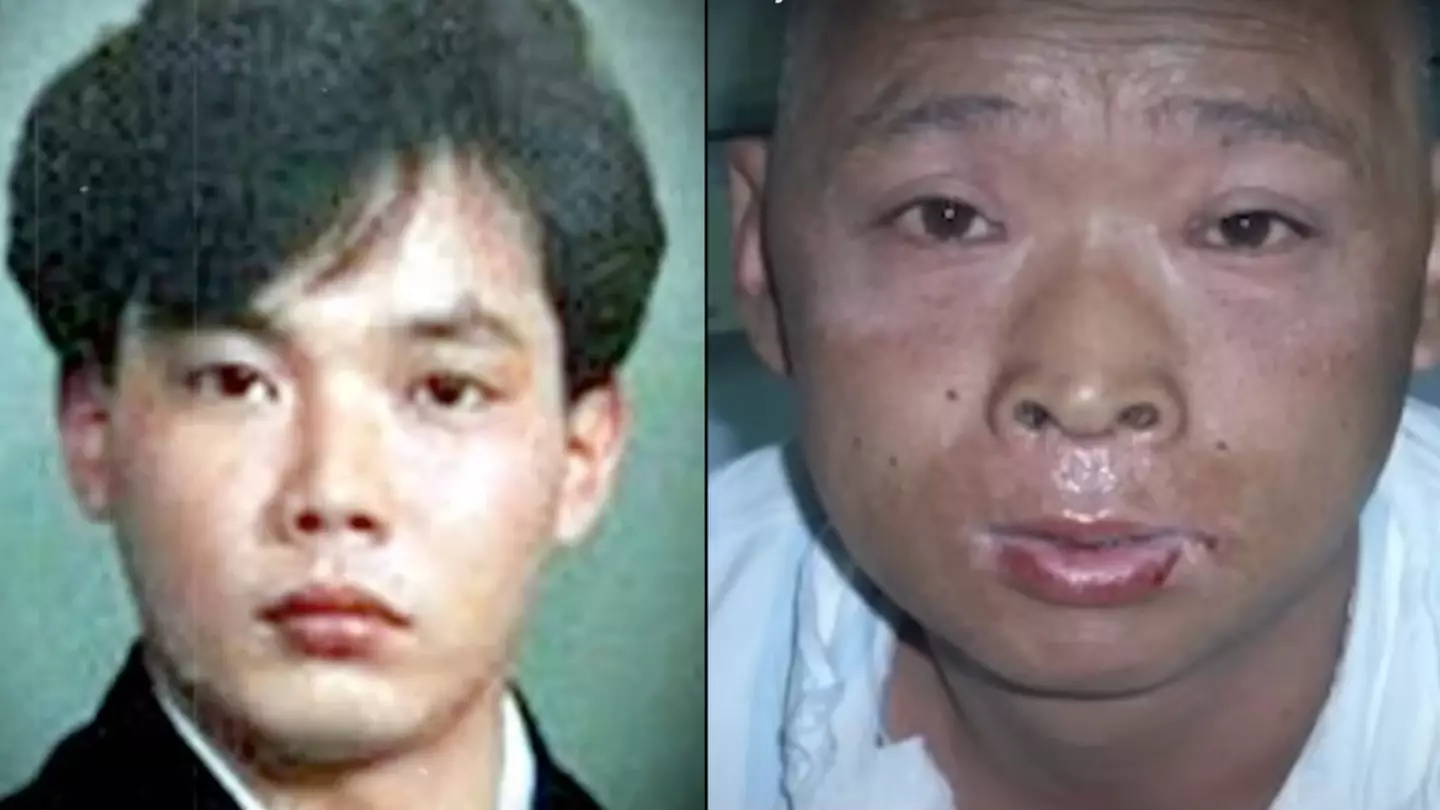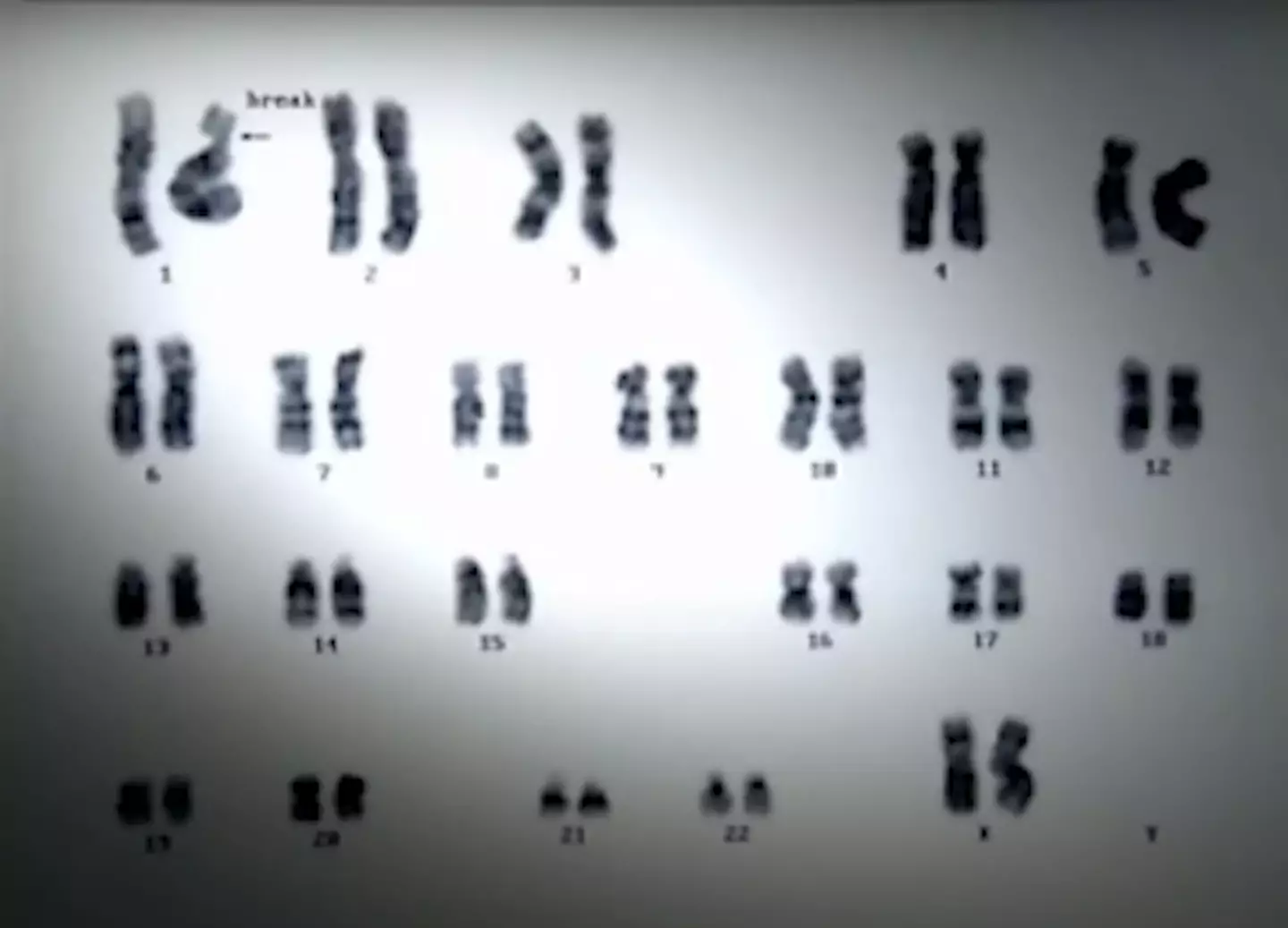
Updated 15:15 24 Oct 2024 GMT+1Published 12:26 24 Oct 2024 GMT+1

Here is what happened to the body of the world’s most ‘radioactive man’ who was kept alive in excruciating pain and suffered one of the most horrible deaths imagined.
On 30 September 1999, Hisashi Ouchi arrived for work at Tokaimura Nuclear Power Plant, Japan, with his colleagues Masato Shinohara and Yutaka Yokokawa – however, the trio had no idea about the horrifying accident that was about to occur.
.jpg)
Japan Nuclear Fuel Conversion Corporation plant in Tokaimura, Japan (JIJI PRESS/AFP via Getty Images)
Advert
The three men were assigned a task which required them to mix uranyl nitrate in a huge metal tank at the facility.
The workers reportedly had little experience in handling such highly enriched uranium, and put too much of it into the tank – causing an uncontrolled nuclear fission chain reaction.
This resulted in the men witnessing a startling blue flash – also known as Cherenkov radiation – as dangerous amounts of radiation and gamma rays were released into the atmosphere.
All three men immediately received high does of radiation, with Yokokawa, who was the furthest away, absorbing 3,000 millisieverts (mSv) of radiation.
Shinohara absorbed 10,000 mSv while Ouchi, who had his body pressed up against the side of the tank when the accident occurred, received a dose of 17,000 mSv.
To put this into perspective, the international radiation safety limit for those working around radiation is 20 mSv per person, per year.
A dose of 5,000 mSv is considered fatal, which means that Ouchi received three times the fatal dose, and Shinohara double the amount.
The dose absorbed by emergency responders at Chernobyl was between 20 to 500 mSv.
Advert

Ouchi had absorbed what is considered three times the fatal dose of radiation (Peaked Interest/YouTube)
Having absorbed the highest dose of radiation, Ouchi swiftly began to feel the effects and was transferred alongside Shinohara to a hospital in Tokyo.
But their ordeal had only just begun.
After he arrived at the hospital, Ouchi had to be placed in specialist care due to the severity of his condition.
Although he initially appeared healthy, test results would later reveal the radiation exposure had completely destroyed Ouchi’s DNA, and meant his cells were no longer able to function.
Ouchi’s white blood cell count plummeted completely, meaning he was also now completely vulnerable to infection as he no longer had an immune system.

Tests revealed that his DNA had been scrambled by the radiation (Peaked Interest/YouTube)
Despite frantic attempts to save his life, things got considerably over the following days for Ouchi.
He underwent multiple skin grafts, blood transfusions, and even stem cell transplants – but none of this was able to prevent the inevitable from happening.
Advert
It’s believed that Ouchi had pleaded with doctors to cease treatment, reportedly telling them ‘can’t take it any more! I am not a guinea pig’.
However, doctors continued at the insistence of his family.
On his 59th day in hospital, Ouchi would suffer three heart attacks, but was revived on the request of his relatives.
Ouchi’s torment would finally come to an end on 21 December when he passed away from multiple organ failure. He was just 35 years old.
Shinohara would later pass away in 2000 from multiple organ failure at the age of 40.Featured Image Credit: (Peaked Interest/YouTube)
Topics: Community, History, Science, World News, Health

Brenna Cooper
